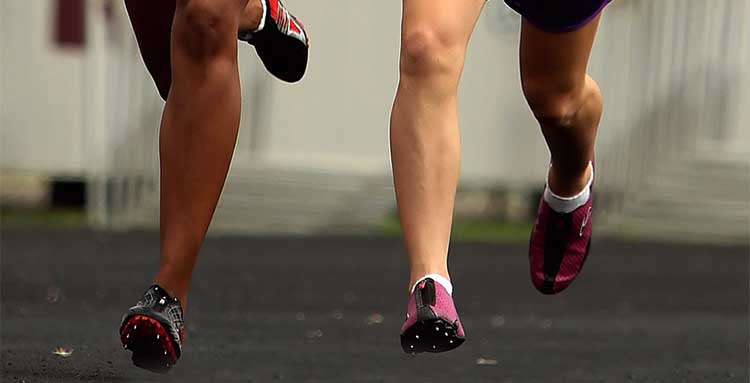
It’s not the first time I’ve suffered from shin splints.
We all know how frustrating it can be to get hit by an injury, just when you actually started enjoying running.
In this post, we’ll look at the causes of shin splints and how to fix them. And more importantly, what can we do to avoid them in the future.
Our mission is to make our legs, shin splint proof!
Table of Content
- What is Shin Splints
- Possible Causes
- Self Treatment for Recovery
- Shin Splints Prevention
- Exercises for Shin Splints
- Stretches for Shin Splints
- Running with shin splints
What is Shin Splints?
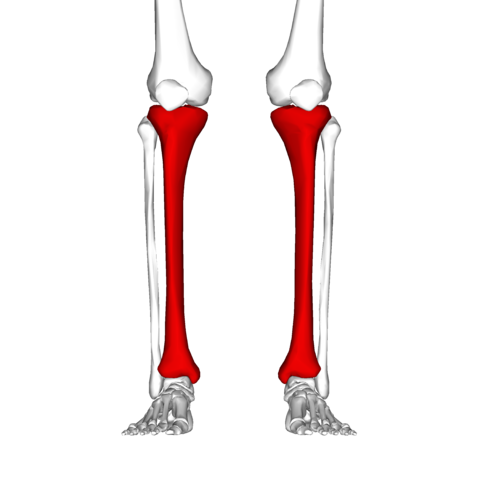
Photo by The Database Center for Life Science / CC BY
Shin splints also known as medial tibial stress syndrome (MTSS) is the pain in the front and inside of the lower leg.
It’s a very common injury among runners. Generally, it’s a sign that your shins are not conditioned enough to take the current load of your training.
Victims usually are the beginners who do too much too soon. Experienced runners who suddenly increase their training stress (mileage, intensity, or duration) may also suffer from it.
Possible Causes
- Muscular imbalance between the calf and the front leg
- Weak hips and core
- Incorrect running technique
- Running on hard surfaces
- Wrong running shoes
- Lack of proper warm-up or cool-down
- Increased training stress
Self Treatment for Recovery
- RICE is your first wall of defense:
- Rest – Complete rest for a few days
- Ice – Ice the affected shin for 15-20 minutes, 3-4 times a day to reduce inflammation
- Compression – Knee high compression socks can help a lot
- Elevation – Put a pillow or something under your legs while resting
- Reducing training stress – Decrease the volume of your current weekly mileage. Run shorter distances than you are running currently. Avoid the high demanding workouts like speed runs and tempo runs until your shins are healed.
- Stretching – Stretch your Achilles and calf muscles after every workout
- Self-massage – Deep massage the affected shin with your hands.
- Foam rolling – Foam rolling on the shins can be a great relief.
Shin Splints Prevention
- Strengthen your ankles, calves, and hips which support your shins
- Warm-up before every workout
- Stretch your calves and Achilles after every workout
- Good running technique – Needless to say, running form is very important. A bad running technique can lead to shin splints among other running-related injuries. Do not overstride. Take shorter steps and try to increase your cadence.
- Try to avoid hills and hard surfaces until the shin pain is gone
- Wear appropriate running shoes
Cadence is the number of steps you take per minute. Count how many steps you take with one of your foot for a minute and double it. That’s your cadence. 180 is considered to be a good number but it will depend on the type of workout you are doing. Your cadence will be low on easy runs and it can go higher than 180 on your speed workouts. Improving your cadence can result in many benefits.
Related: How to Run Properly [A Visual Guide]
Exercises for Shin Splints
These exercises are good for both recovery and prevention. They’ll make your shins strong so you don’t suffer from shin splints in the future. Add some of these to your routine even after your shin splints are gone.
1. Draw the alphabets with your toes
- Sit on a chair or bed
- Draw all the alphabets from A-Z. Try to draw each alphabet both ways – forward and reverse.
- Do this with each leg. You can do this with both legs at the same time.
2. Heel Walks
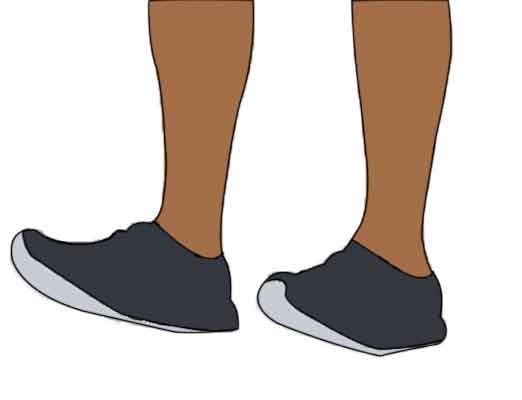
- Lift the balls and toes of both your feet so you are on your heels
- Walk softly keeping your toes off the ground
- Start with 50 or so heel walks and increase as you get stronger
You can do these anytime you want but I like to do them after I finish a run.
3. Toe Walks
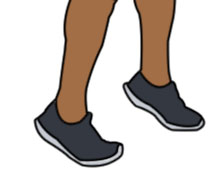
- Lift your heels off the ground
- Walk on the balls of your feet
- Start with 50 and increase as you get stronger
Alternate these with heel walks. Do some heel walks and then some toe walks. You’ll feel the burn in your lower legs. But they are great for strengthening those muscles.
4. Calf raises
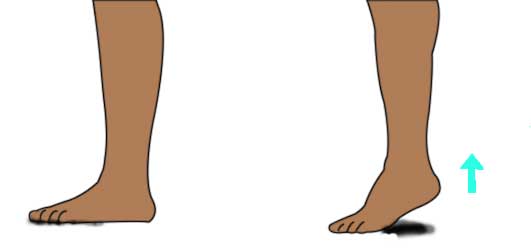
- Stand with your feet shoulder width apart
- Lift your heels up as high as you can
- Slowly bring them back down
- Do 3 sets of 25 or so
Start doing calf raises on a flat surface. You can do these on edge of a stair when you get stronger. And you can progress to single leg calf raises later on.
5. Toe Taps
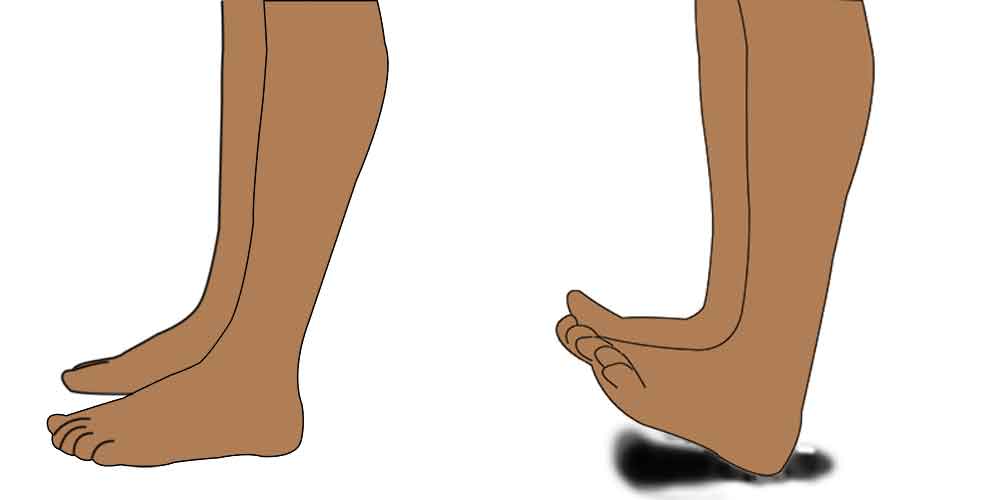
- Sit on a chair or bed with both feet flat on the ground
- Raise your toes keeping the heels on the ground
- Tap your toes as you would to the beat of some music
- Do 3 sets of 100 or more
Stretches for Shin Splints
Add these stretches to your post-run stretching regimen:
1. Standing Ankle Stretch
- Stand straight against a wall keeping your knee straight
- Lift front part of your foot and place it against the wall. You should feel the stretch in your calves.
- Hold for 20-30 seconds
- Repeat with the right foot.
2. Standing Calf stretch
- Stand straight facing a wall and lean against it
- Put both your hands on the wall
- Extend your left leg back and keep the heel touching the floor
- You should feel the stretch in your calf muscles
- Repeat with the right leg
- Do 3 sets of 20 seconds
3. kneeling Shin stretch
- Kneel down on your knees with your feet together
- Sit on the back of your heels
- Hold for 20-30 seconds
Running with shin splints
Should I run through Shin splints? A question many people ask.
And the answer is… It depends… on how bad they are.
Very Severe shin splints require complete rest and may need medical attention. But if it’s not that bad and you wish to continue training, make sure you reduce your training stress. Decrease your running distance, intensity, and weekly mileage.
Do not forget to warm up before every run and stretch after you are done. If you notice your shin splints are heeling, you are on the right track.
Remember to not let your enthusiasm take over the logic. If you keep training hard through shin splints, they can develop into more serious problems such as Stress Fracture or Compartment syndrome.
Patience is the key here.
I hope this post will be helpful to you. What’s your experience with shin splints? Please share in the comments.
Resources:
- Shin Splints. Wikipedia.
- Shin Splints. Sportsinjuryclinic.
You may also like:
